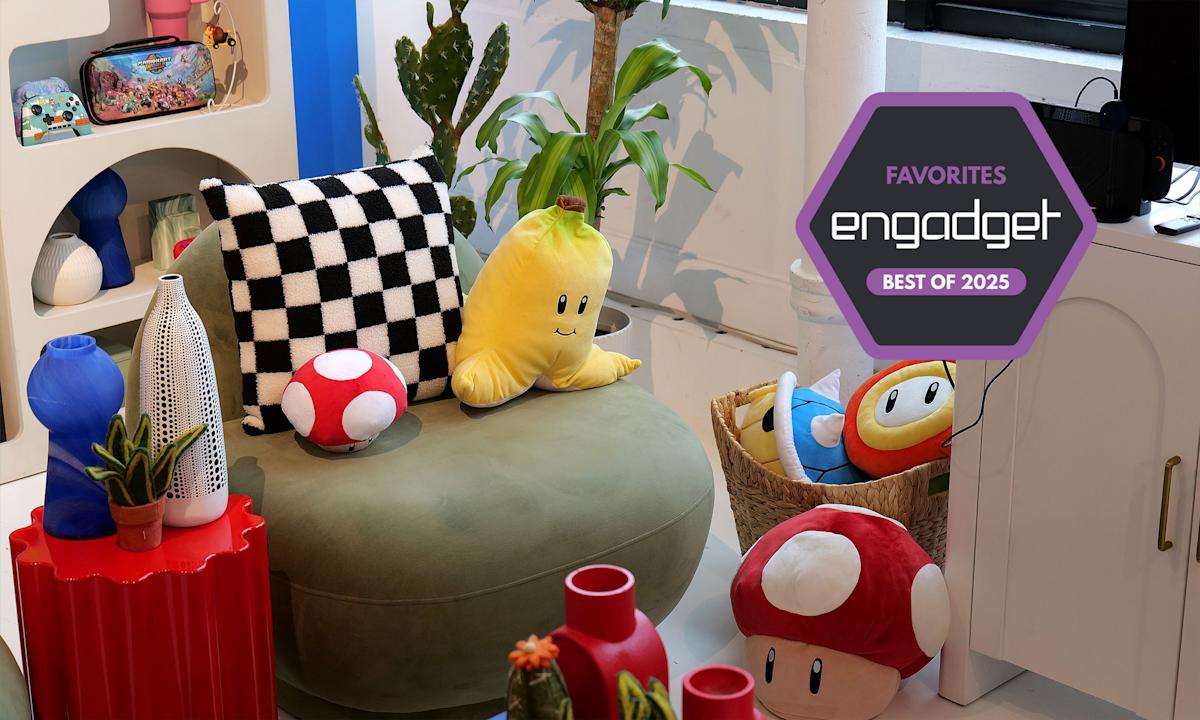Djur Blogg

-

Covid Bereaved Reflect on Lives That Might Have Been Saved Under Alternative Leadership – UK Politics Live – Mirror Brief
-

Diesel’s Pre-Fall 2026 Lineup Unveiled in Vogue – Mirror Brief
-

Mosquito-Borne Diseases Compound Suffering for Cubans Impacted by Hurricane Melissa – Mirror Brief
-

Steve Smith Claps Back at Panesar’s Sandpaper Taunt with Mastermind Remark During The Ashes – Mirror Brief
-

A 36-Hour Adventure of Must-See Attractions – Mirror Brief
-

French Officials Probe Suspected Holocaust Denial Content on Elon Musk’s Grok AI Platform – Mirror Brief
-
Client Dilemma
-

Eruption of Mount Semeru in Indonesia – Mirror Brief
-

Lutnick Family Ventures Into Profitable Data Center Agreements – Mirror Brief
-

MLB Partners with Netflix, ESPN, and NBCUniversal for New Deals – Mirror Brief
-

The Disappearance of Land: Exploring Life on a Collapsing Island – Podcast
-

Vogue Williams and Tom Read Wilson Set to Enter I’m A Celebrity… Get Me Out of Here! – Mirror Brief
-

The Decline of Wales’ Affection for Labour – Mirror Brief
-

Trump Approves Legislation Mandating Disclosure of Jeffrey Epstein Documents – Mirror Brief
-

Experts Caution That Ultra-Processed Foods Pose a Global Health Risk – Mirror Brief
-

Cartier Racing Awards Honor Calandagan as Horse of the Year – Mirror Brief
-

Fast Puzzle No. 17,330 | Crossword Challenges – Mirror Brief
-

Insights From the October 2025 Federal Reserve Minutes – Mirror Brief
-

Top Nintendo Gifts for the 2025 Holiday Celebration – Mirror Brief
-

Reform’s Aspirations in Wales Undermined Following Senedd Member’s Suspension Over ‘Vile’ Racial Insult – Mirror Brief
-

Must-Do Activities, Culinary Delights, and Ideal Accommodations – Mirror Brief
-

Discover How Home Insurance Rates Are Evolving in Your Area – Mirror Brief
-

Dave Erickson, Creator of Fear the Walking Dead, Files Lawsuit Against AMC Over Profits – Mirror Brief
-

Escalating Rhetoric Fuels Trade and Travel Disputes Between China and Japan Amid Taiwan Tensions – Mirror Brief
-

The “No Contract, No Coffee” Movement – Mirror Brief
-

USMNT’s Impressive Victory Against Uruguay Sparks Challenges, But That’s Beneficial – Mirror Brief
-

Target Joins the Expanding Roster of Retail Applications by OpenAI – Mirror Brief
-

Saudi Crown Prince Enjoys Dinner With Trump at the White House – Mirror Brief
-

FDA Issues Caution on This ‘Natural Remedy’ for Joint Pain, Yet San Francisco Immigrants Continue to Rely on It – Mirror Brief
-

Vogue Business Personnel Changes Monitor – Mirror Brief